Issues of peace and conflict often get pigeonholed as being only directly engageable by a limited set of people. Unpacking these themes in museums and spaces to which the public has access can help diversify voices and issues that deserve more of our attention, writes Tulika Tripathi.
Our collective consciousness rests like a stilt house built on the poles of memory, standing above other histories that remain submerged. Museums, in their large shoes of being repositories, perpetuators and producers of memory and knowledge, walk alongside us, pointing at things for us to notice.
Museums play a key role in making different kinds of information available and facilitate learning. I recently completed my master’s in Peace and Conflict Studies, where I unlearned many of my assumptions about what many concepts entailed. I learned, simplistically put, that peace is not merely the absence of violence and conflict is not just violence and war. They are both umbrella terms that can spread over vast areas of subjects and meaning without thinning in quality.
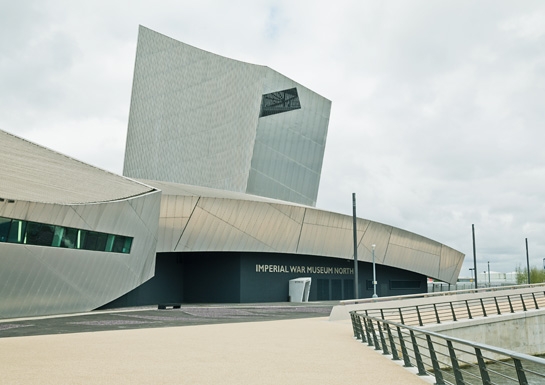
Image: The Peace Museum, the only museum of its kind in the UK, explores, preserves and enhances the heritage of the peace movement, providing inspiring opportunities for people to engage with concepts of peace, cohesion, non-violence and conflict resolution. Source: Imperial War Museums.
However, while these are porous terms that encompass a range of meanings, specific dynamics and theories exist that can be deciphered and traced. They are different from details and chronologies of specific violence and peace which are more widely known (for example, details and timelines of a particular war). I started thinking about how these ideas could be introduced to a vast audience based on the information infrastructure we already have in place; an infrastructure that museums are an integral part of.
“Peace is not merely the absence of violence and conflict is not just violence and war. They are both umbrella terms that can spread over vast areas of subjects and meaning without thinning in quality.”
How can one explore a more holistic framework of peace and conflict in Indian museums? An obvious approach may be illusive and a simplistic approach may not do the subject justice. India has a rich and proud culture of military museums, memorials and sites which honorably serve the important role and need for us as a country to commemorate, remember and learn from our armed forces. We also have an array of museums and sites dedicated to Mahatma Gandhi, the Freedom Movement and the ideals they espoused. I am pointing these out here because I think that both types are good examples of museum spaces that inform us about peace and conflict in their different ways.
As public institutions, these museums occupy a very important place in our collective consciousness. However, they are at the same time implicit in perpetuating a state authorized, dominant and generalized idea of what conflict and peace are, and how we are to think about them. While this in itself is not problematic, the lack of diverse information, approaches and sources which, as I see it, can only enrich our understanding of such information, is problematic when it comes to being represented in museums and related spaces.
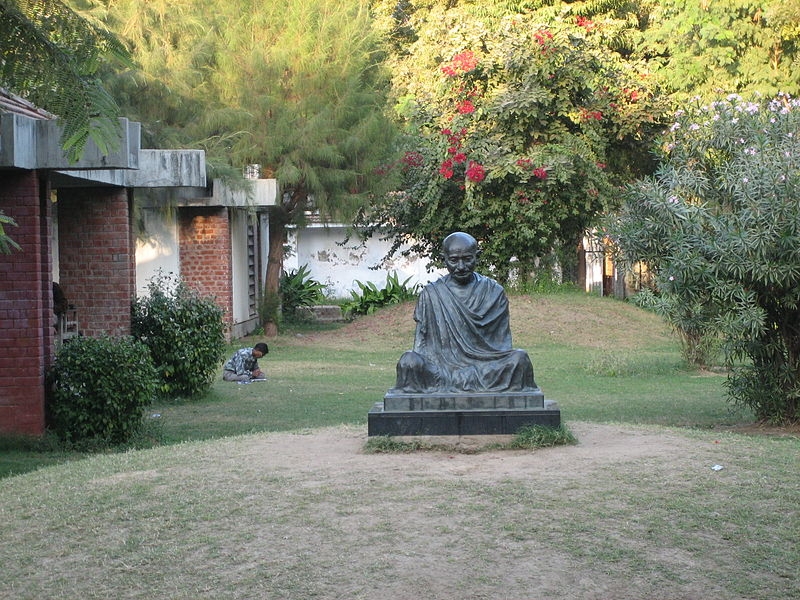
Image: Sabarmati Ashram, Ahmedabad. Mahatma Gandhi related museums are sites are important sources for peace education. Picture source: Wikimedia).
These institutions are premised on the assumption that the values they espouse are most suitable or ‘good,’ and do not attempt to unpack what war and peace, conflict or harmony may entail. Perhaps that is not their role but where else can we turn to for facilitating such a train of thought? I grew up with a staple diet of visits to museums and Gandhian sites, my grandmother’s stories of her childhood in the 1940s and living in a newly independent India, and a keen interest in history which led to me graduating in the Arts. Through institutional and informal learning, I never came across terms like ‘positive peace,’ ‘negative peace,’ and ‘direct, structural and cultural violence,’ and other concepts that would have been so helpful as a student trying to understand what makes conflict so resistant to dissolution and what makes peace substantial and continuous. These concepts can be helpful for anyone trying to make sense of issues, big and small.
Whose histories are we teaching? Whose stories are we telling? What lessons are we learning? Where are the alternative narratives and interpretations being represented and documented? What are the different approaches being employed to probe our conventional notions of what peace and conflict are? How are we trying to understand how people at different levels are differently affected by them? How much access does the public have to such knowledge? What kind of impact can this knowledge make? After all, neither peace nor conflict can ever be categorically and conclusively boxed away as good or bad, or this or that, the same way that we can categorically say this is a fish and that is a tree and they are both different, in a natural history museum. They are not just one thing to be thought about in one particular way.
Just as in the physical world where objects and phenomena act in interconnected ways, peace and conflict also operate in their own networked ecospheres. But since they are not governed by fixed laws nor are they always discernible; they require a different kind of critical and abstract thinking. Although we cannot clinically quantify conflict or peace, we need to attempt such reasoning that encourages a more nuanced and rounded understanding of issues. This endeavor can be better served through public access to diverse and democratized spaces, each offering its own unique contribution and insight. Such places would not take away from the importance of pre-existing museums and institutions as informers of our collective memory; rather, they would complement them, expanding what we think about, remember and how.
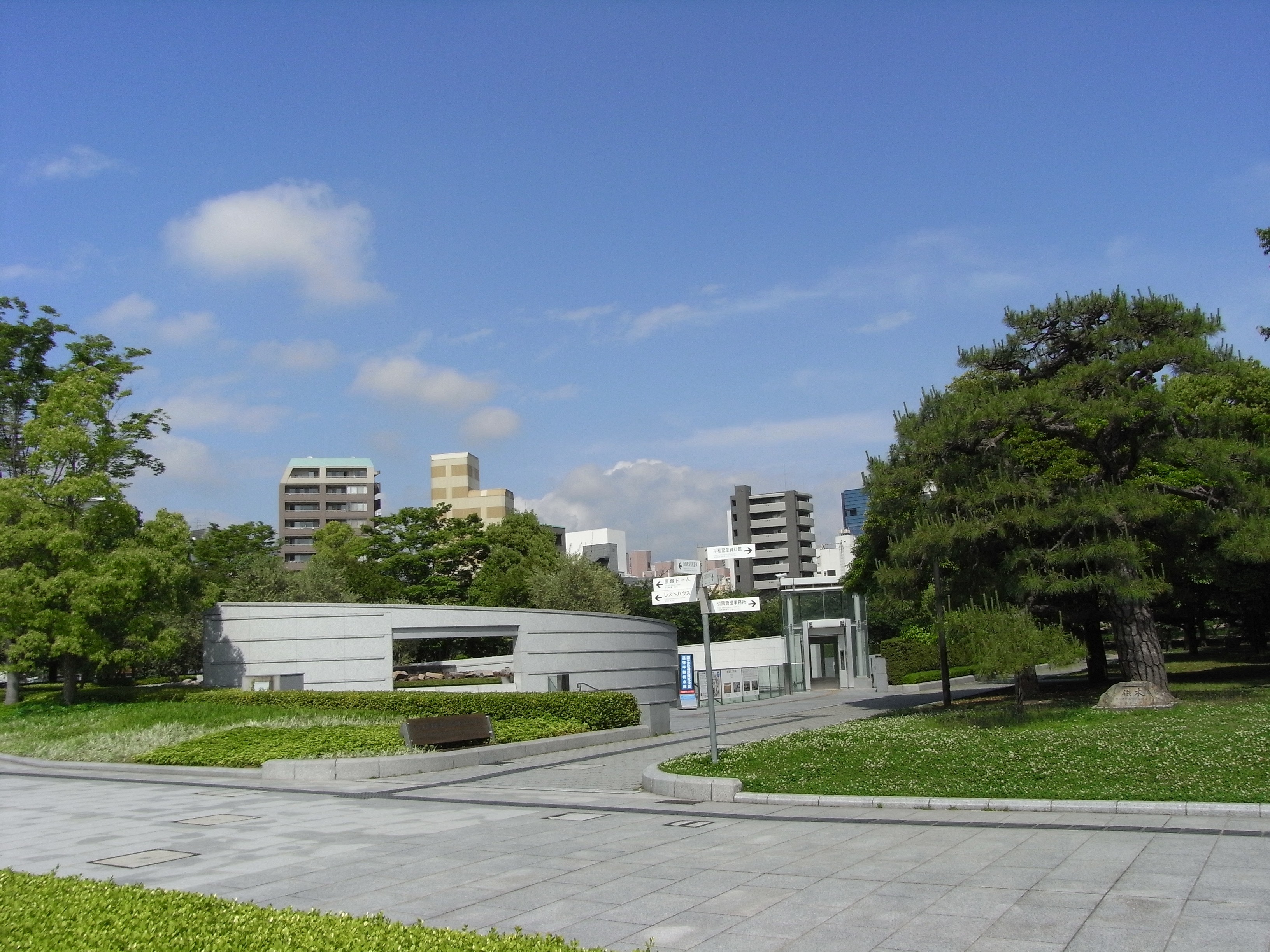
Image: Hall of Remembrance at the Hiroshima Peace Memorial Park in Hiroshima, Japan. It is dedicated to the legacy of Hiroshima as the first city in the world to suffer a nuclear attack, and to the memories of the bomb’s direct and indirect victims (of whom there may have been as many as 140,000). Source: Wikipedia.
Institutes like museums, memorials, heritage and case specific sites represent what kind of knowledge we as a society value, care to understand and preserve. Such spaces open up, explain and critically engage their audiences to contemplate ideas. They attempt to transform their audiences to more than just passive viewers by interacting with them through innovative ways, closing the distance between the audience and the subject. Issues of peace and conflict often get pigeonholed as being only directly engageable by a limited set of people. Unpacking these themes in museums and spaces to which the public has access can help diversify voices and issues that deserve more of our attention.
The same way that physics is studied by physicists but affects all, the dynamics of peace and conflict affect us everyday, and people should have the opportunity of learning about them without having to go through the passages of valorized war or sanctified non-violence. Why should Indian audiences largely learn about peace and conflict through solidified examples of both, in the cases of military or Gandhian types of museums, when neither have the sole claim over conflict or peace? What role can Indian museums play in diversifying the representation and understanding of peace and conflict beyond the Janus heads paying attention to battlefields on one side and protest marches on another?
“Why should Indian audiences largely learn about peace and conflict through solidified examples of both, in the cases of military or Gandhian types of museums, when neither have the sole claim over conflict or peace?”
Museums can play a critical role in forwarding nuanced interpretations that go beyond documenting history. The question is this: how can we look at the same things and interpret it differently through the kaleidoscope of perspectives? How are we learning about the peaces and conflicts localized around us beyond mainstream politics and war? How are we splitting layers to peer into new areas? Who is consolidating that knowledge, how is it being presented and how are we thinking about it? How can such spaces be supported? Can these issues be addressed in Museums?
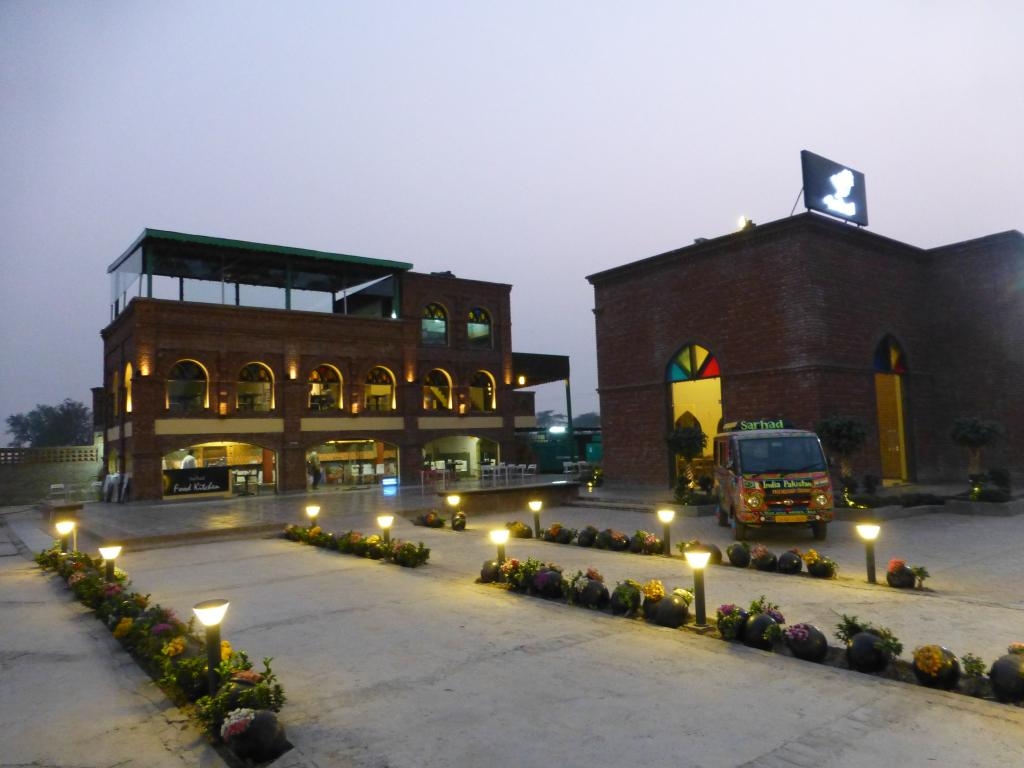
Image: Museum of Peace along with Sarhad restaurant in Attari, Punjab celebrate the shared culture of Lahore and Amritsar. Picture source: http://www.dineout.co.nz/forum.php?read=19487.
With this backdrop, one of the interesting examples to look at is the Museum of Peace on the Indian side of the Attari-Wagah border between India and Pakistan. Based on the concept of a ‘fusion museum’, the space celebrates the common architectural, cultural and culinary heritage of pre-partition Punjab, and the shared characters of Lahore and Amritsar in particular. The Museum’s architecture is inspired from heritage structures of the two walled cities, and the space is infused with more life through the restaurant, ‘Sarhad,’ highlighting the common tastes of Punjab on both sides of the border. The Museum exemplifies how peace is not just an abstract concept but something that can be experienced and enjoyed through things we encounter everyday, such as architecture and food.
“The Museum exemplifies how peace is not just an abstract concept but something that can be experienced and enjoyed through things we encounter everyday, such as architecture and food.”
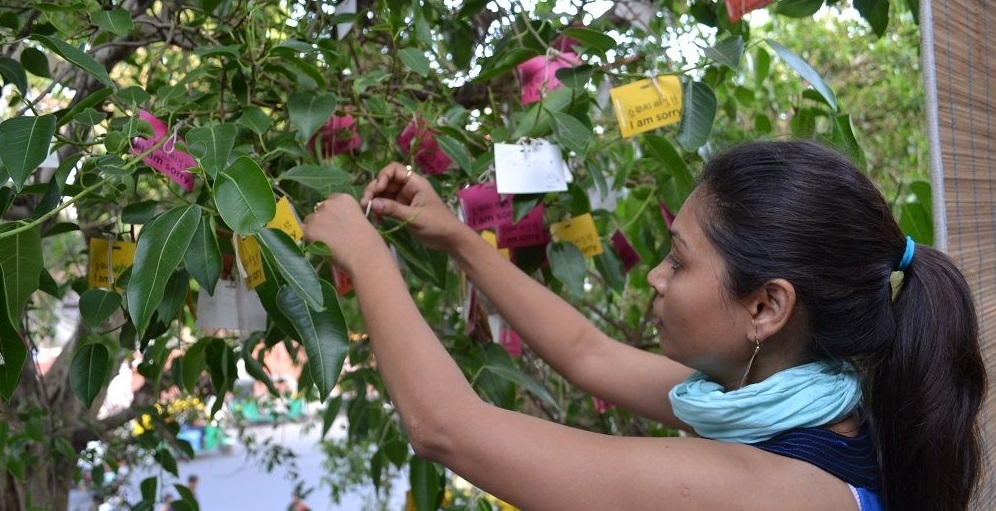
Image: The “Sorry Tree” at the Museum of Conflict or Conflictorium in Ahmedabad. Picture source http://allevents.in/blog/museum-of-conflicts-in-india-conflictorium/.
Another example is the Ahmedabad-based Conflictorium or Museum of Conflict that opened in 2013, which aims to address themes of conflict through art. Instead of housing objects that help literally trace a story, the exhibits with titles like “Power of the New,” “Moral Compass,” “Feeling Map,” “Sorry Tree,” and “Memory Lab”, invite the audience to introspect and interact. This reflection on the dynamics and emotions at play during conflict transcend any specifics, offering a different approach to thinking about conflict and peace as more fluid phenomena that can occupy various spaces in various shapes.
These unique examples offer interesting ways of approaching serious issues; experiences that more of us should have access to. I am not implying that this potential can be filled by one sweeping gesture! If there is ever to be a Peace and Conflict Museum in India, the gap cannot be filled by one mammoth, but by democratized and diverse spaces that document, study and present different aspects, approaches and cases of peace and conflict. Most importantly, these projects need to be accessible to the common man, just like any other museum space.
About the Author
 Tulika Tripathi is Rereeti’s Assistant Manager. She has recently completed her MA in Peace and Conflict Studies from Rutgers University. She is a recipient of the JN Tata Endowment for the Higher Education of Indians Abroad, Rutgers Graduate School-Newark Dean’s Scholarship, and the Kulturstudier Peace and Conflict Studies Scholarship for South Asian Nationals. She is interested in how historical and cultural spaces impact people’s lives.
Tulika Tripathi is Rereeti’s Assistant Manager. She has recently completed her MA in Peace and Conflict Studies from Rutgers University. She is a recipient of the JN Tata Endowment for the Higher Education of Indians Abroad, Rutgers Graduate School-Newark Dean’s Scholarship, and the Kulturstudier Peace and Conflict Studies Scholarship for South Asian Nationals. She is interested in how historical and cultural spaces impact people’s lives.








Recent Comments